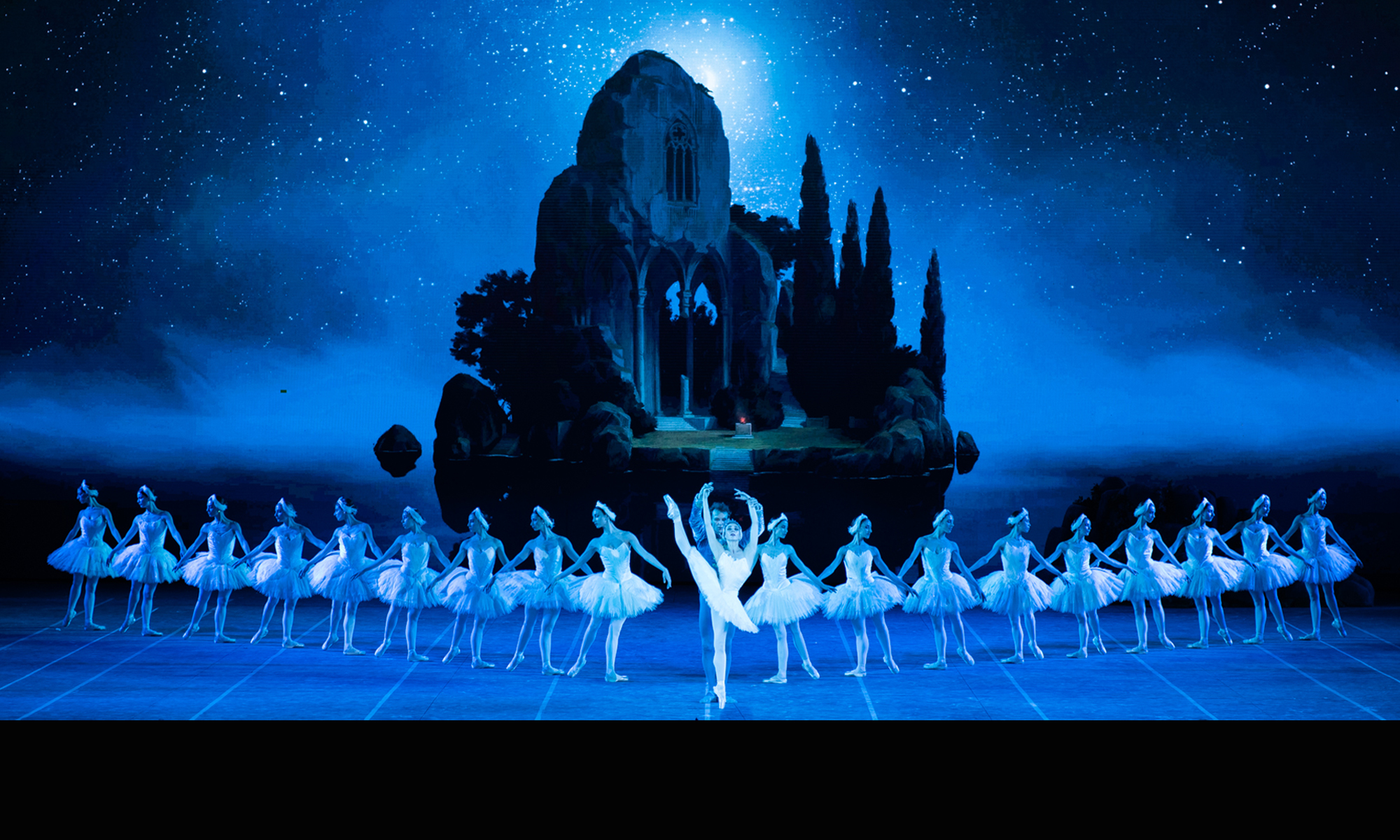“Callirhoe”
Vienna State Ballet
Vienna State Opera
Vienna, Austria
October 19, 2025 (live stream)
by Ilona Landgraf
Copyright © 2025 by Ilona Landgraf

 The title of Martin Schläpfer’s farewell choreography, Pathétique, summarized the condition of the Vienna State Ballet he left behind after five years as its artistic director. His successor, Alessandra Ferri, restructured the company. Some dancers left, and others joined, some of whom were returnees. Last weekend, she presented the first premiere under her reign, Alexei Ratmansky’s Callirhoe (which he choreographed for ABT in 2020 under the title Of Love and Rage). It felt like the rebirth of the company. I cannot remember when I last saw the Vienna State Ballet perform with such force. Congratulations! Continue reading “Reborn”
The title of Martin Schläpfer’s farewell choreography, Pathétique, summarized the condition of the Vienna State Ballet he left behind after five years as its artistic director. His successor, Alessandra Ferri, restructured the company. Some dancers left, and others joined, some of whom were returnees. Last weekend, she presented the first premiere under her reign, Alexei Ratmansky’s Callirhoe (which he choreographed for ABT in 2020 under the title Of Love and Rage). It felt like the rebirth of the company. I cannot remember when I last saw the Vienna State Ballet perform with such force. Congratulations! Continue reading “Reborn”













